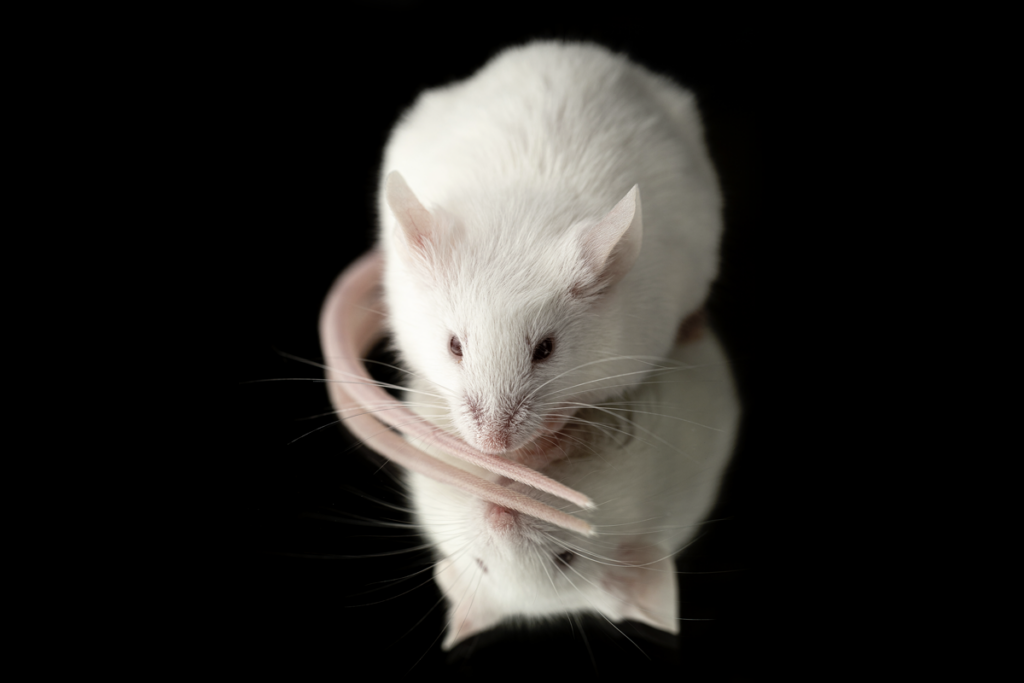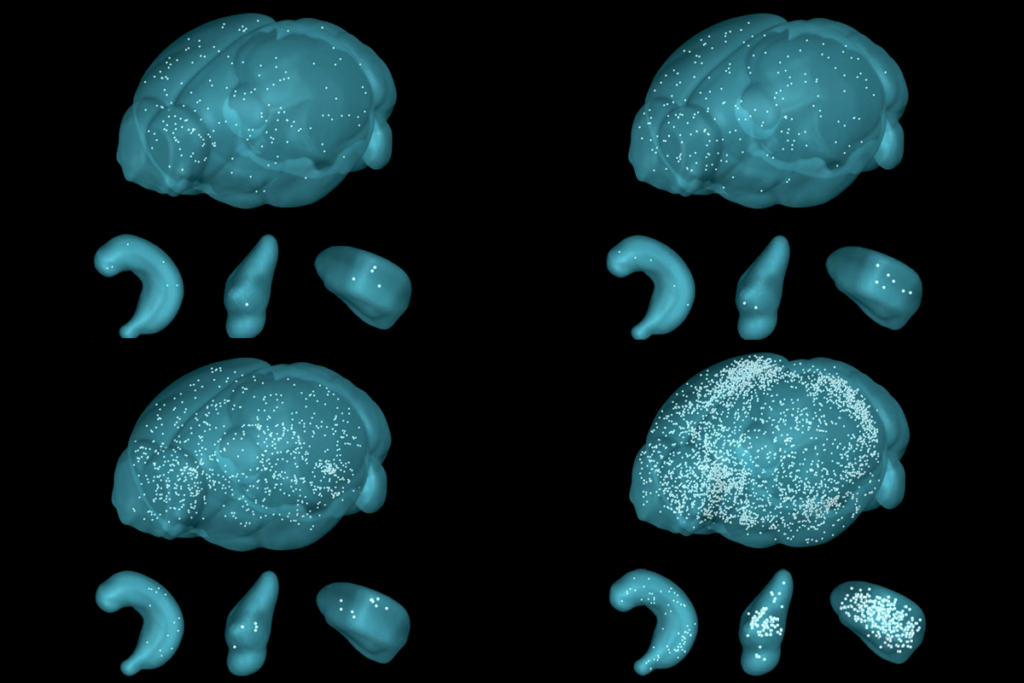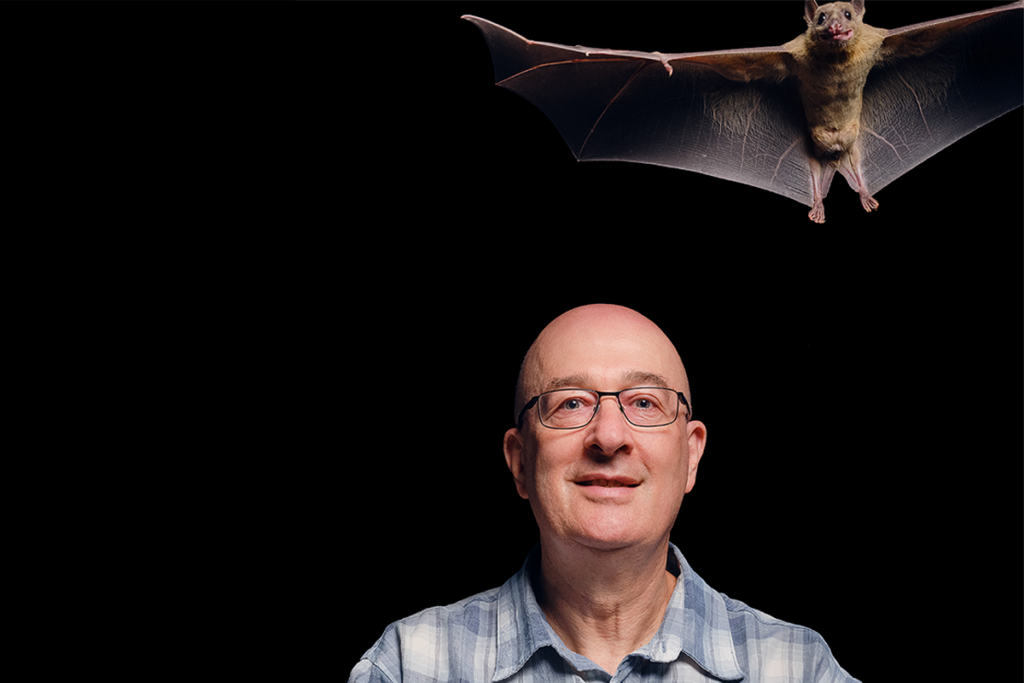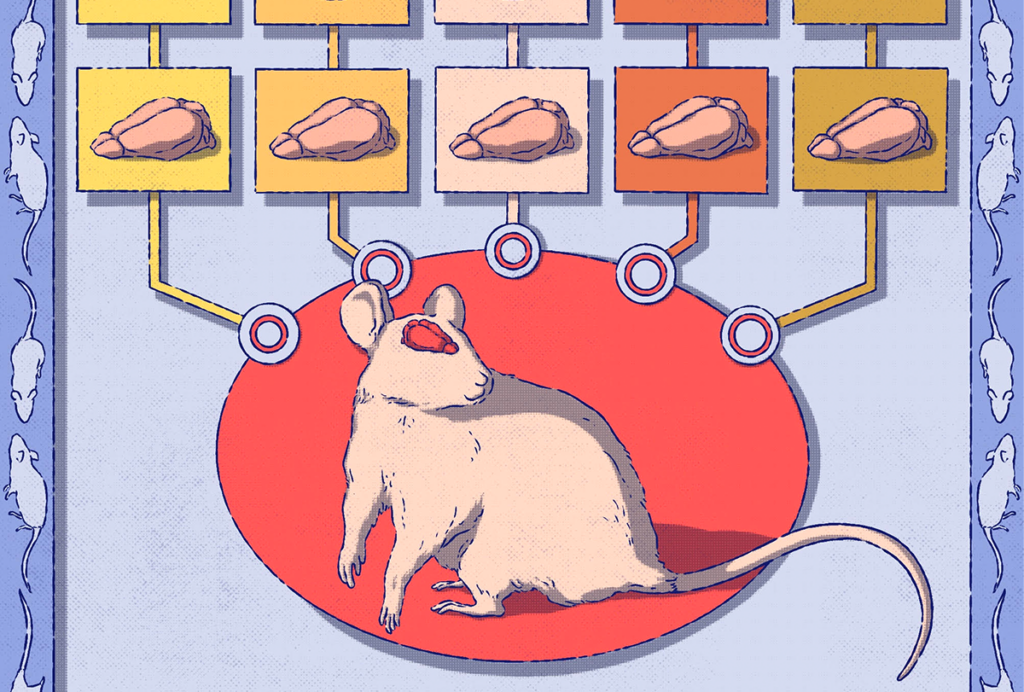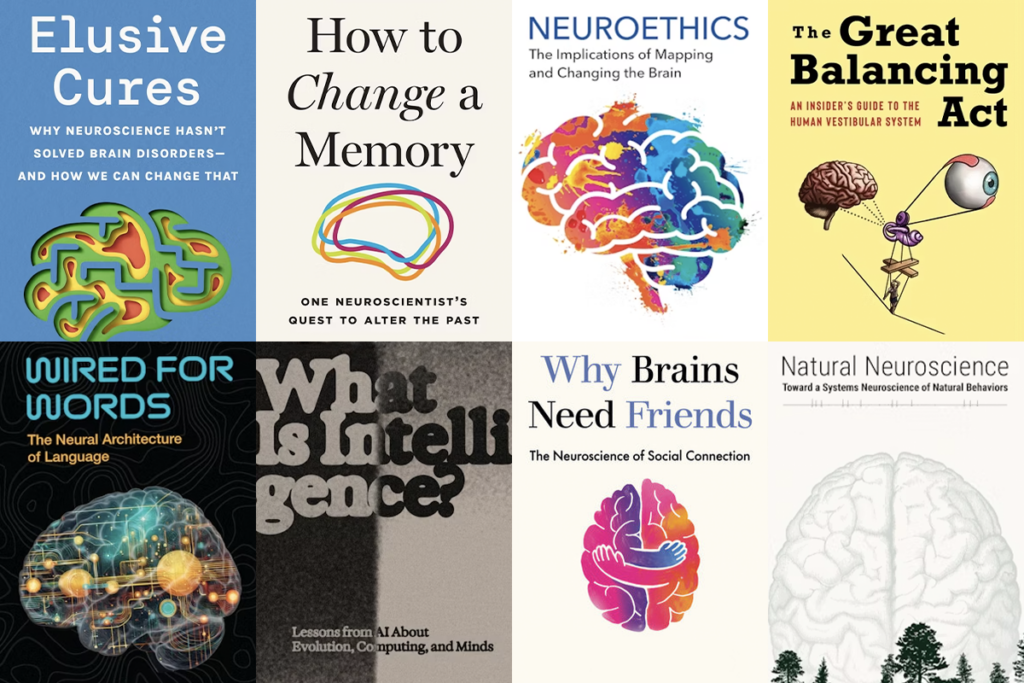There are moments in science that feel like crossing a threshold—when something once thought impossible becomes real right in front of you. That happened to me on 26 May 2011, inside a small experimental room, when my late lab partner Xu Liu and I artificially reactivated a memory in a mouse for the first time.
We were trying to activate mouse hippocampus cells that held a fear memory, using optogenetics. As is common in science, our early efforts failed. The first four mice showed nothing. When we ran the experiment on the fifth mouse, the animal froze in place, just as it had when forming the original memory.
“How to Change a Memory” is a book built on stories like this. It is about the study of memory, but also about the loss of my friend, and about grief, family and recovery. Today, Xu’s memory remains within me, providential in its presence. Remembering Xu reminds me that sometimes powerful discoveries in the lab also bring us closer to each other. The following excerpt from the book recounts that moment of discovery I experienced with Xu.
May 26, 2011.
Xu and I went into our lab’s vivarium to gather five mice. Back in the lab, we placed each mouse, in turn, in our almond-scented box, where we were hoping to witness the artificial activation of a memory. But when we shined the blue light into the hippocampus of the first mouse, nothing happened. When we did the same to the second mouse, it didn’t even flinch. The third mouse: zero. The fourth mouse: nada. We connected the laser to shine blue light into the brain of the last mouse. Everything now depended on mouse OF5—so named because it was the fifth rodent we had implanted with an optic fiber. Click. It immediately froze when we shot light into its hippocampus. And Xu and I froze too.
Embedded within a tiny corner of the brain are memory-bearing hippocampus cells that are enough to trigger memory recall. Memory manipulation was no longer the province of science fiction and Hollywood anymore on that day—it was officially in our toolbox for understanding how the brain operates. The lab playfully began calling Xu and me Team X because we had gotten the first bits of evidence that Project X was the real deal.
It’s breathtaking when science works. Now we really had to start playing detective. Why did mouse OF5 freeze when we delivered light into its brain but OF1 through OF4 didn’t? What would we do next, knowing that we just saw our first real-life demonstration of the artificial activation of a memory? Team X got back to work.
“We need to compare the brains of each of the five animals to see what made the fifth one different from the rest,” he said.
When we looked under the microscope, we could see ChR2 fluorescing green in the cells of the hippocampus in the first four mice, OF1 through OF4. The ChR2 appeared in exactly the right region that we were aiming for, but these mice didn’t show evidence of light-induced memory recall. Within the brain of mouse OF5, however, we encountered a serendipitous surprise. In OF5 we accidently had botched the surgery and had injected ChR2 into an unintended part of the hippocampus, slightly deeper in the brain than we meant to. The space between these two different parts of the hippocampus was half a millimeter, about the thickness of five sheets of copy paper stacked on top of each other, but it is in that microscopic space that our discovery on artificially manipulating memories originated.
The green glow from an image we took of ChR2 in the hippocampus of mouse OF5 lit up the computer screen; I stared at it, while Xu hunched over the attached microscope and looked through its eyepieces to study the brain slice more closely, the reflection from the green fluorescence occasionally refracting through the lenses of his glasses. He perhaps let the feeling sink in that a real, physical memory was looking back at him for the first time. I’d like to think that Xu was thinking the same thing I was: At some point in life, we all get our fifth mouse.
The two of us mapped out a schedule for the next few months and split the work right down the middle. We may have successfully reactivated a memory in mouse OF5, but now we needed to replicate our results. I booked as many time slots in the surgery suite as I could.
Since we had a rule in the lab that the first one in the surgery suite got to control the radio for as long as they were in the room, I was the annoying lab member who got in by seven in the morning to crank up my favorite local music station instead of the audiobook or morning talk show my lab mates always chose—these never failed to put me half to sleep. Whether they liked it or not (narrator: they did not like it), the Tonegawa lab learned more about Top 40 music in those months than they ever cared to do again.
Our experiments kept working, and we kept pushing the project forward. On Thursdays, we went to the Thirsty Ear Pub a few blocks from our lab for karaoke night. Xu would say, “I’d rather do surgeries for twenty-four hours a day for the rest of my life than get on stage,” but this didn’t stop me from taking the opportunity to butcher “Party Rock Anthem” every chance I got. This late-night lifestyle became a pressure relief valve for the stress that we endured during the day.
I
remember the exhilaration I felt when, one Friday, Xu and I finally presented our results during the Tonegawa Lab meeting. These lab meetings were a weekly opportunity to do science out loud: to provide encouragement in real-time, to troubleshoot problems as a lab, and to evaluate each other’s work to make sure our projects included the proper experiments. They were also intense. “Extraordinary claims require extraordinary evidence,” Carl Sagan pointed out, and Susumu, along with the lab, expected both every Friday.
